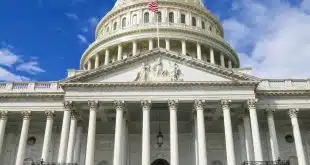Barring any dramatic departures from script by the Federal Reserve, which is charged with writing the regulations to implement the Durbin Amendment, it now appears that law’s stringent limits on debit card interchange will go into effect more or less on schedule, perhaps this month. The banks’ last hope to torpedo Durbin, a delay bill in the U.S. Senate, failed in June to win the 60 votes required to pass.
Lost in all the brouhaha over Durbin, however, is just how much fee revenue—as opposed to revenue from discount rates—has grown as a proportion of all revenue for acquirers that serve small merchants, that is to say, most merchants. Fees for a wide variety of items and services—statement fees, chargeback fees, authorization fees, fees related to the Payment Card Industry data-security standard (PCI)—accounted for 40% of acquirer revenue from merchants with less than $10 million in yearly volume last year, up from 23% in 2000. That comes from research released last month by First Annapolis Consulting.
PCI compliance fees are particularly widespread, the firm says. These levies now apply to anywhere from 75% to 80% of small merchants, and they’re “big-ticket,” the First Annapolis researchers say, with a median price range of $100 to $150 per year. Fees for non-compliance are even higher, at $200 to $250.
As we’ve noted before in these columns, merchants don’t pay interchange. Acquirers do, and then pass the pricing on to client merchants with a markup. That little bundle is the discount rate. How much of the Durbin debit savings acquirers will pass on, and how soon, remains an open question. But this recent research reveals another quirk the triumphant merchant lobby may be missing as it pushes now for controls on credit card pricing: While the discount rate remains the most significant piece of the transaction price merchants pay, it’s mattering less and less as it cedes ground to a panoply of service and item fees.
And the growing significance of fees is far from an exhausted trend. A First Annapolis researcher told Digital Transactions News last month that that 40% figure is likely to go “slightly” higher in the years to come.
To be sure, some of these fees aren’t really new, having been recently unbundled as part of a trend toward fee for service. And that trend may benefit at least some merchants that now won’t have to pay for services they don’t use, or use only sparingly. But price controls are always ill-advised. And there will be little solace for merchants if hamfisted regulation leads not only to unintended consequences but also to less in savings than expected.
John Stewart, Editor
john@digitaltransactions.net





